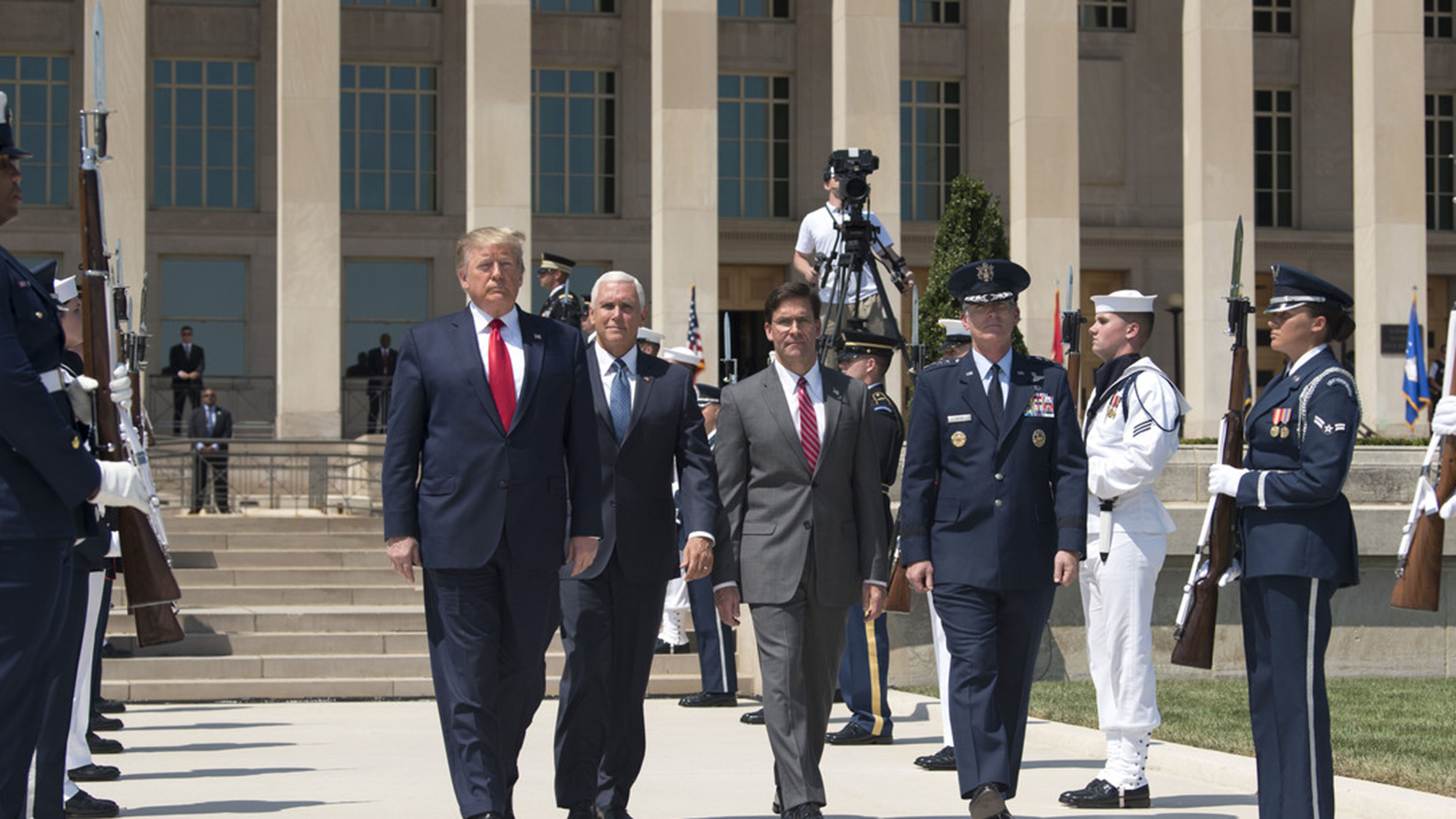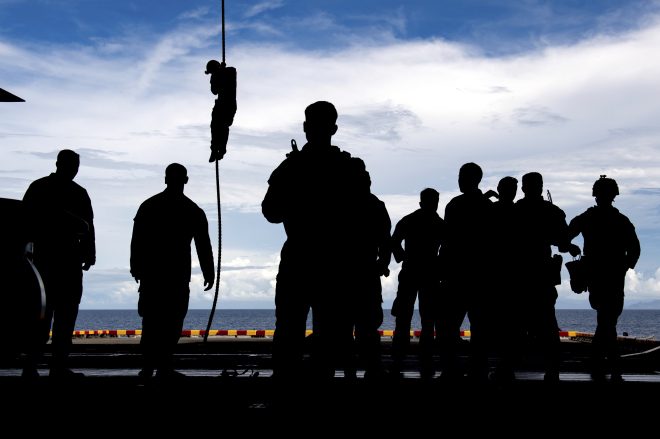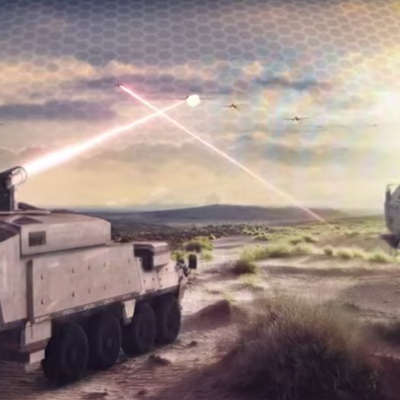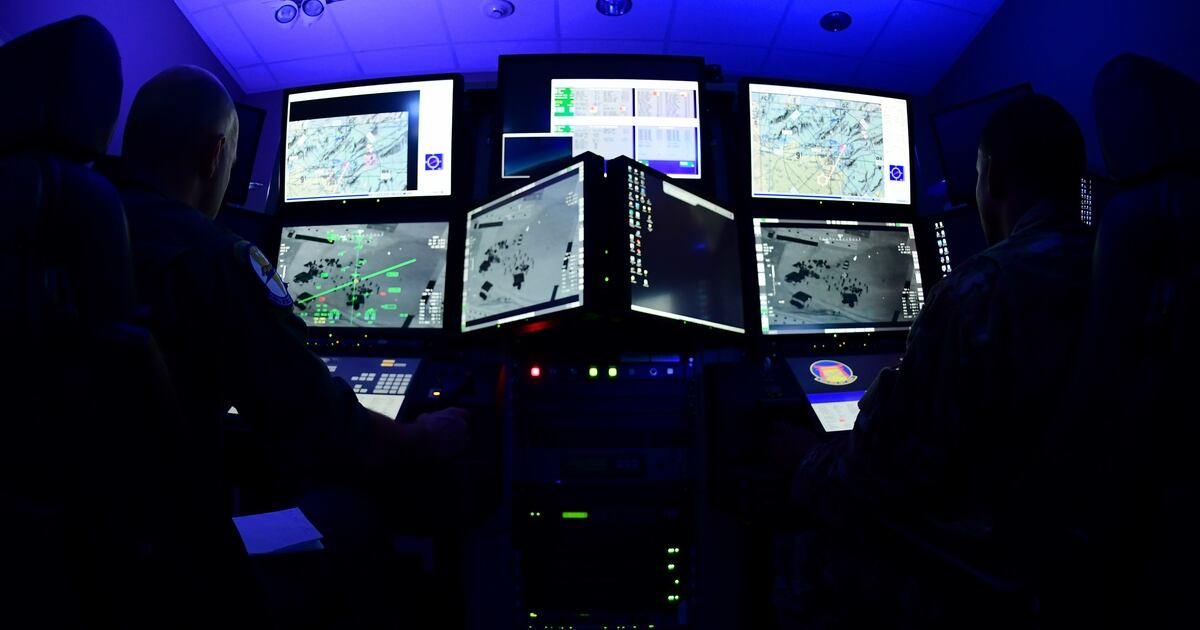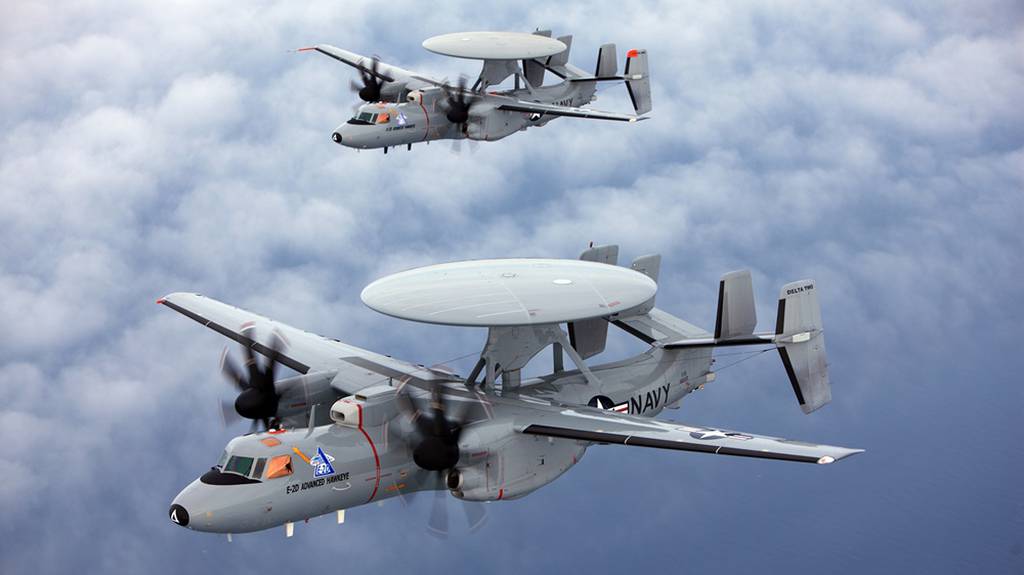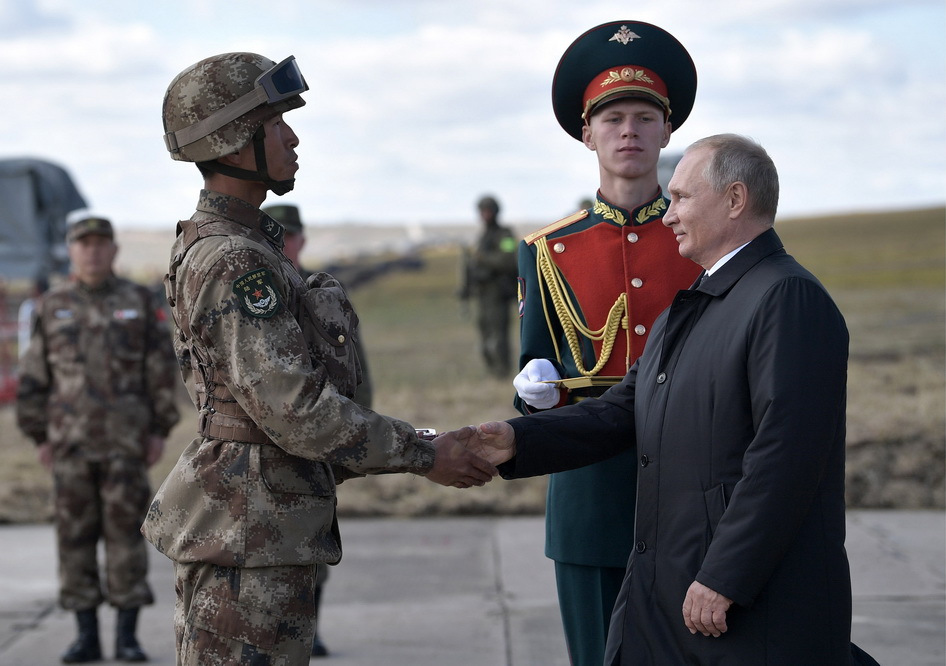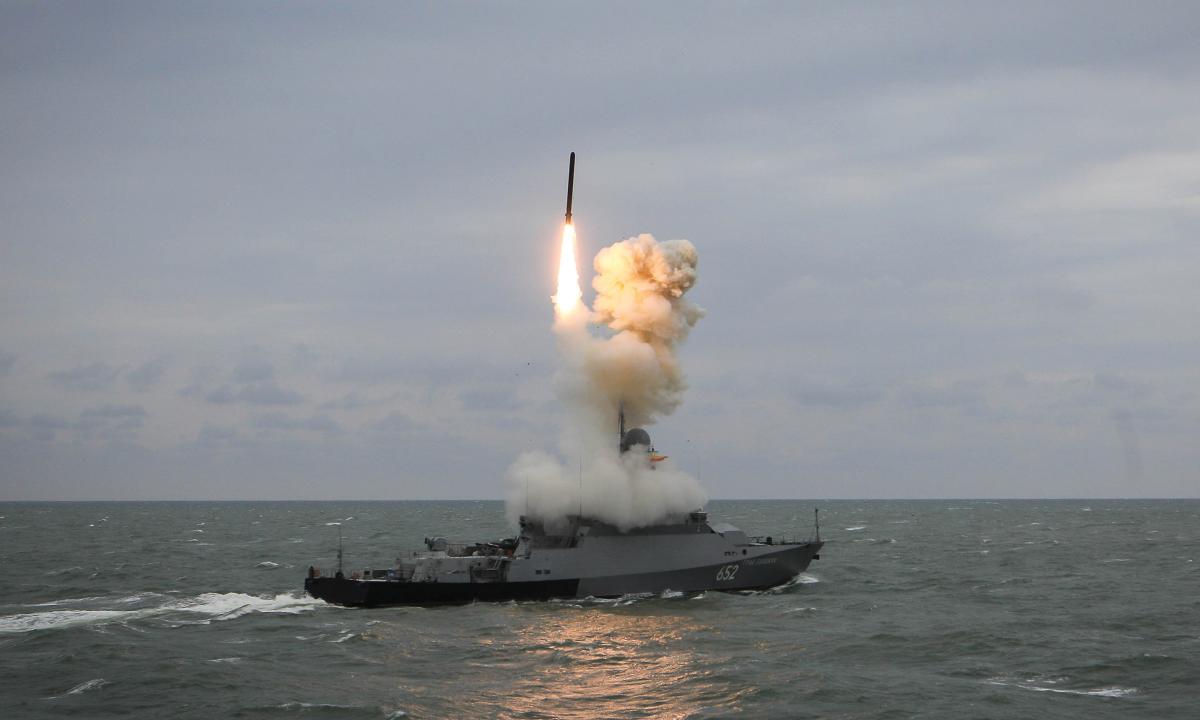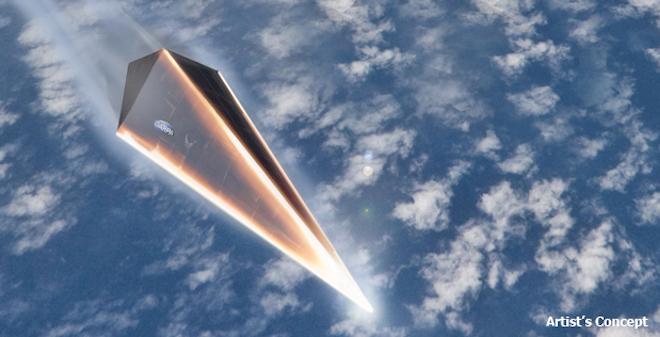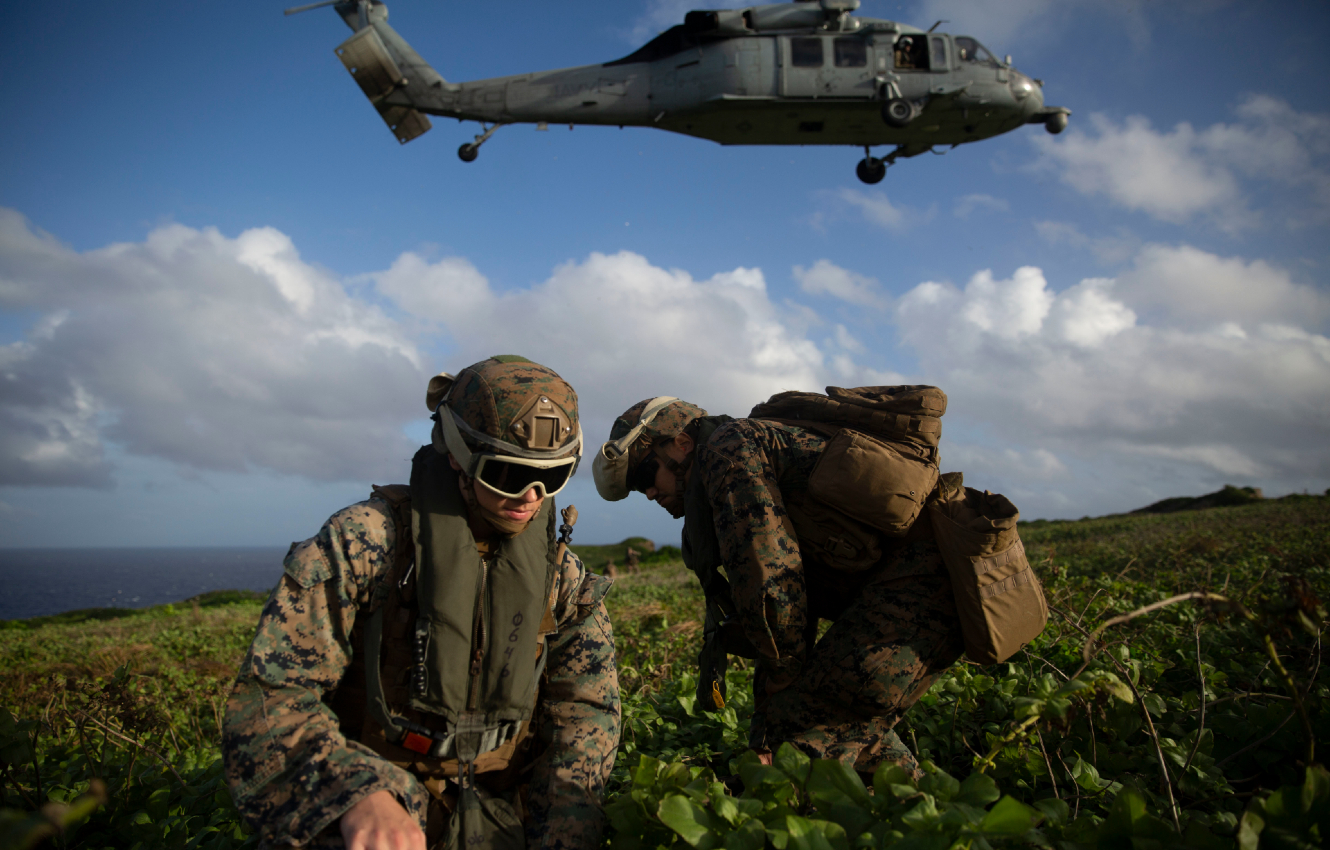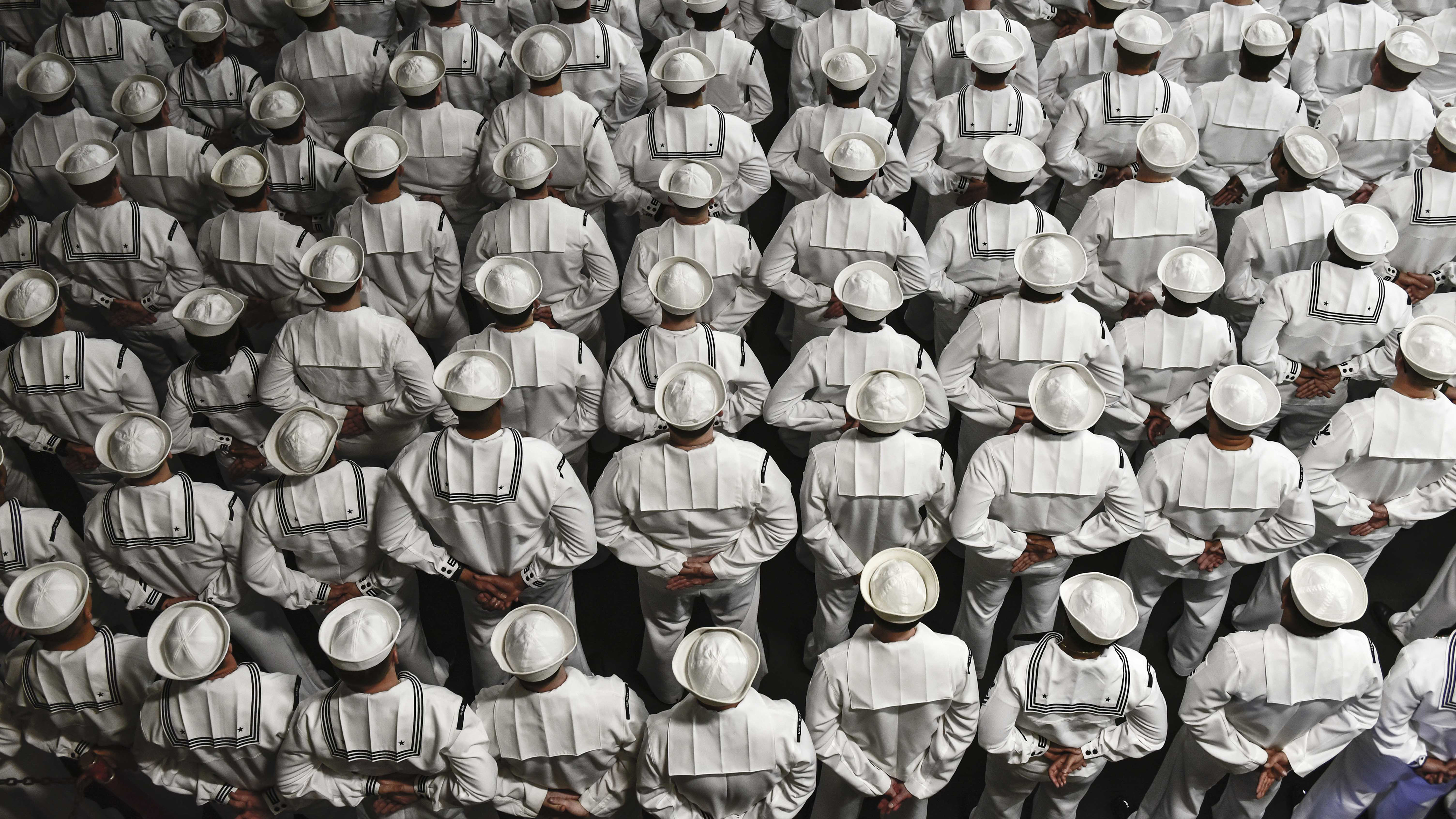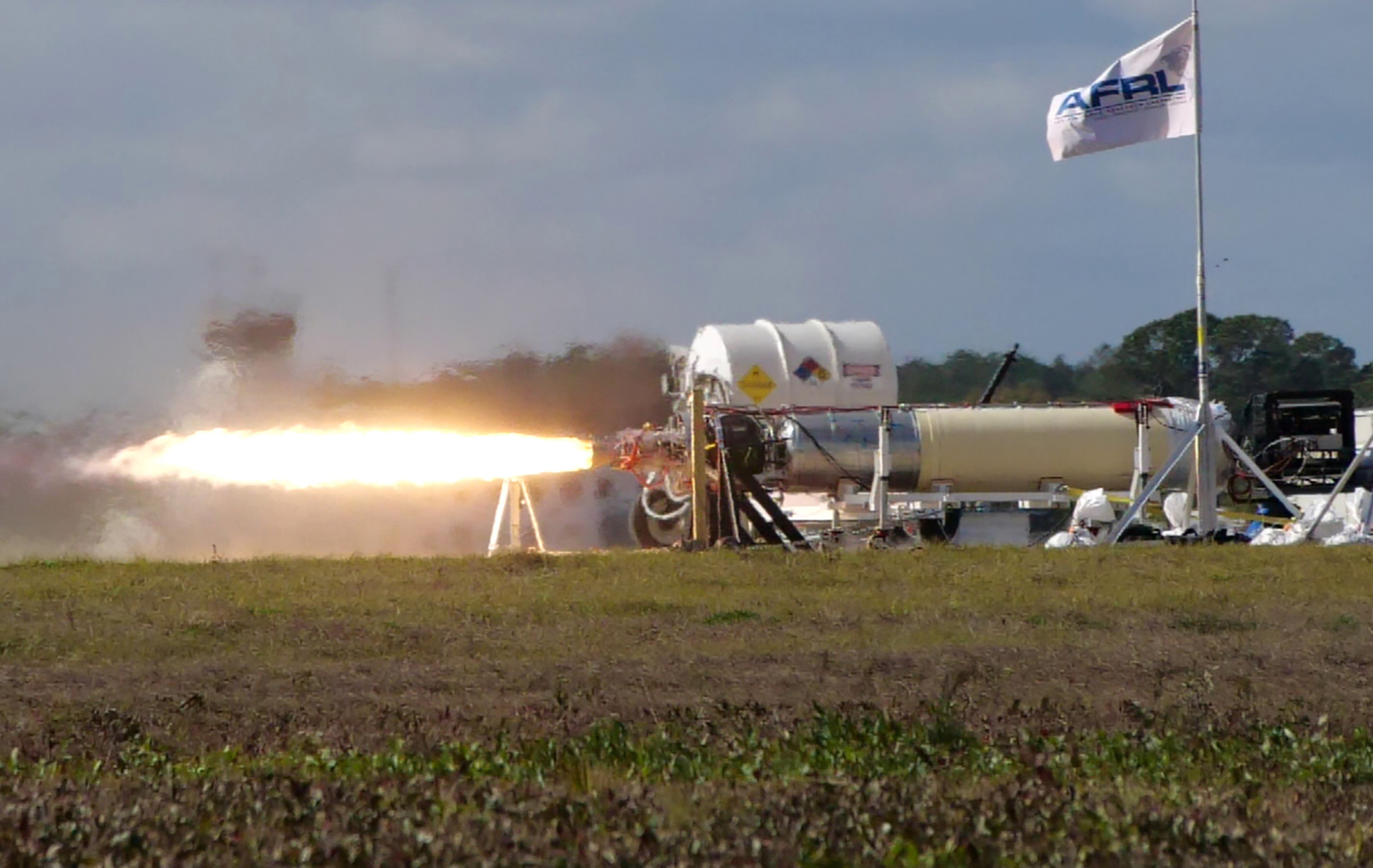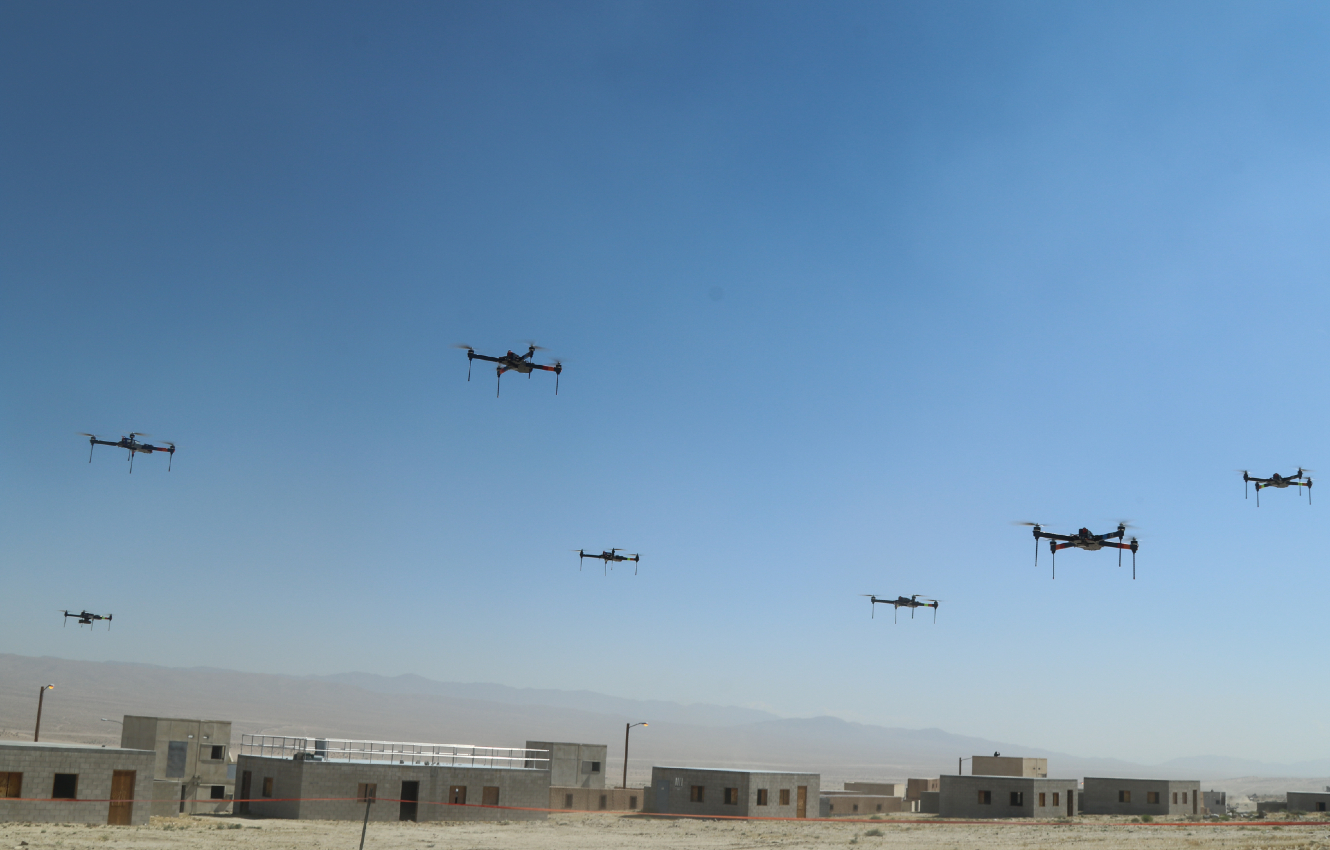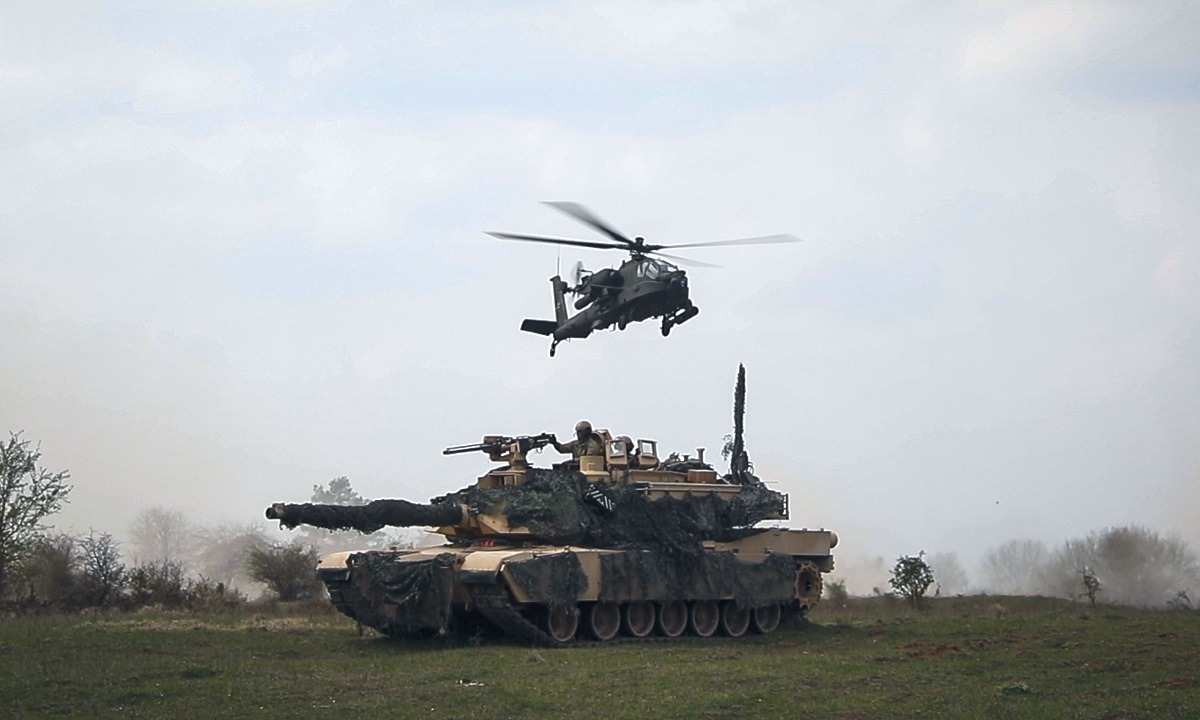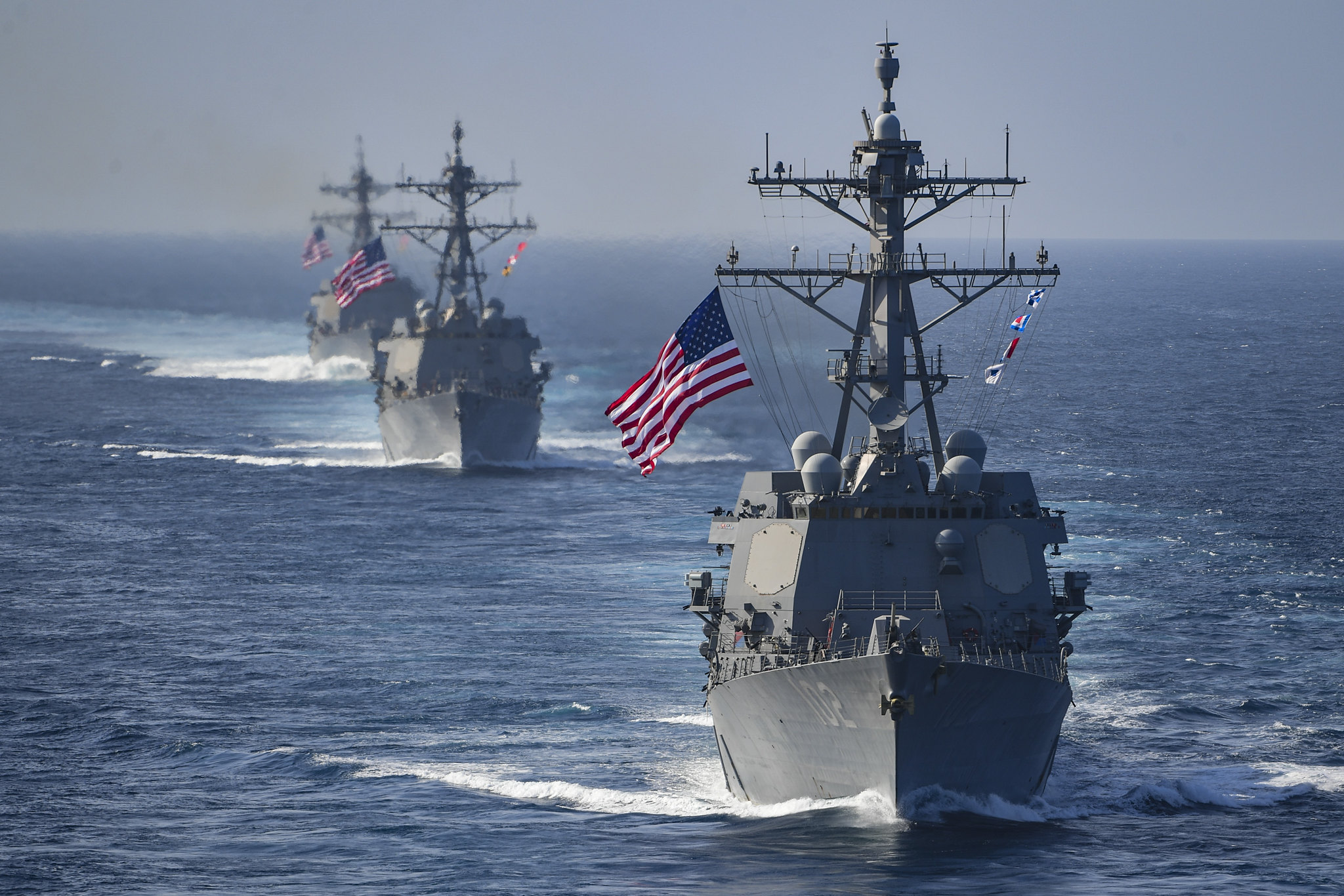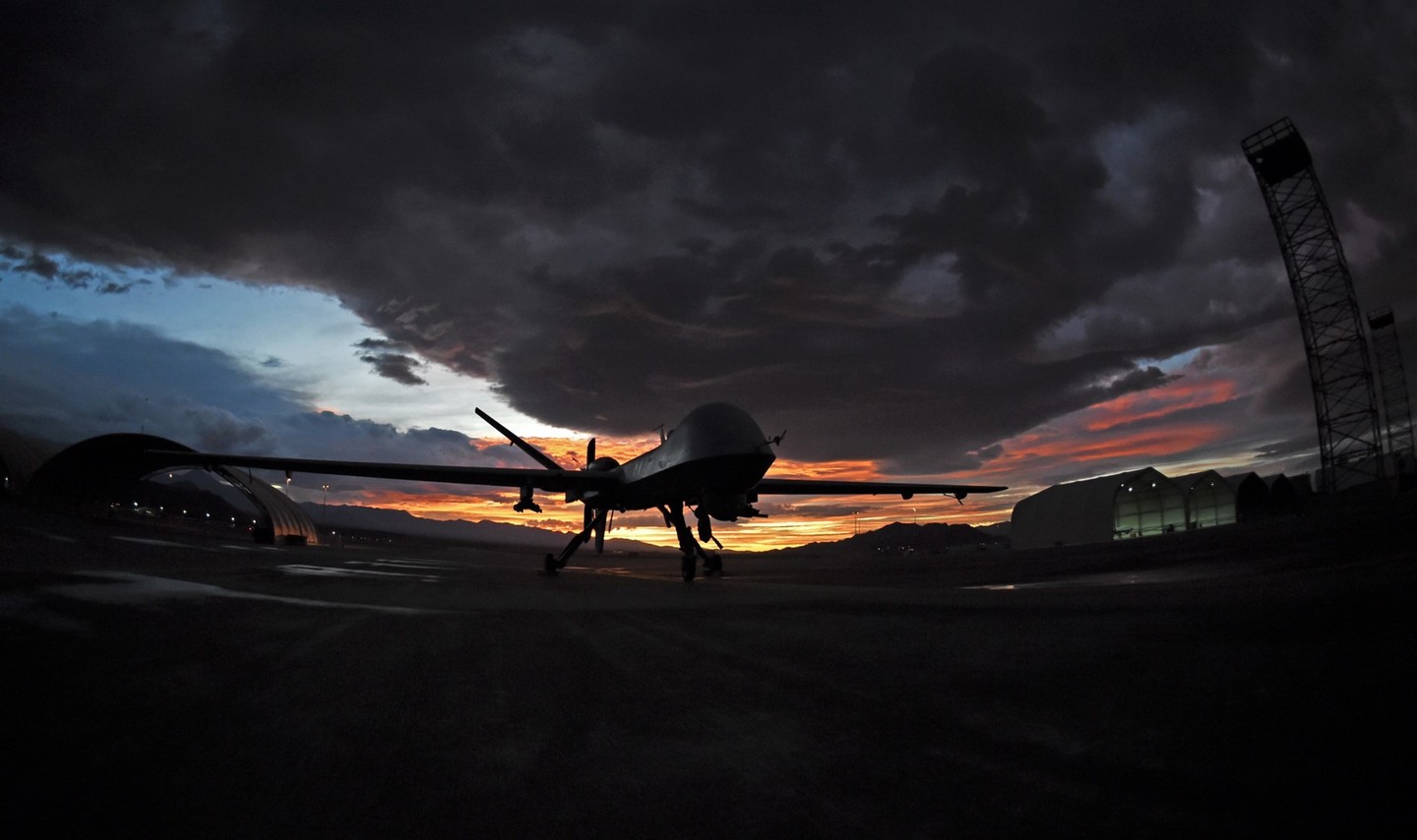“The No. 1 military objective for the United States today should be to re-establish credible deterrence,” said Flournoy, who now leads WestExec Advisors. “Militarily, the resurgence of great power competition requires the United States to reimagine how we deter and, if necessary, fight and prevail in a future conflict with China. America’s military advantage is rapidly eroding in light of China’s modernization efforts.”
The remarks came a day after the U.S. Navy’s top officer
told the annual Surface Navy Association symposium that his service needs
a larger share of the military budget if it’s going to keep pace with China’s fast-growing Navy. But at the hearing, HASC Chairman Adam Smith indicated he wants solutions that would not fuel an arms race or unduly drain America’s coffers.
“I think it is a mistake to look at a problem and say: ‘We can’t constrain resources, we have to address the problem in any way we can,’ ” said Smith, D-Wash.
